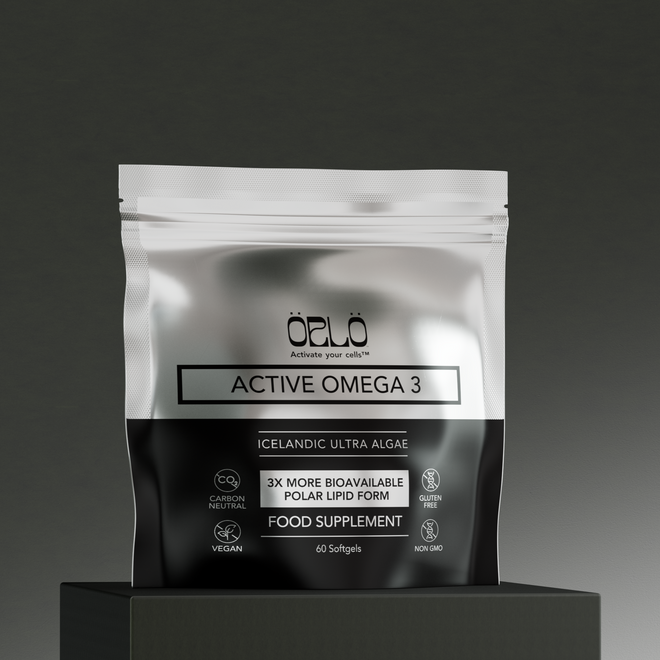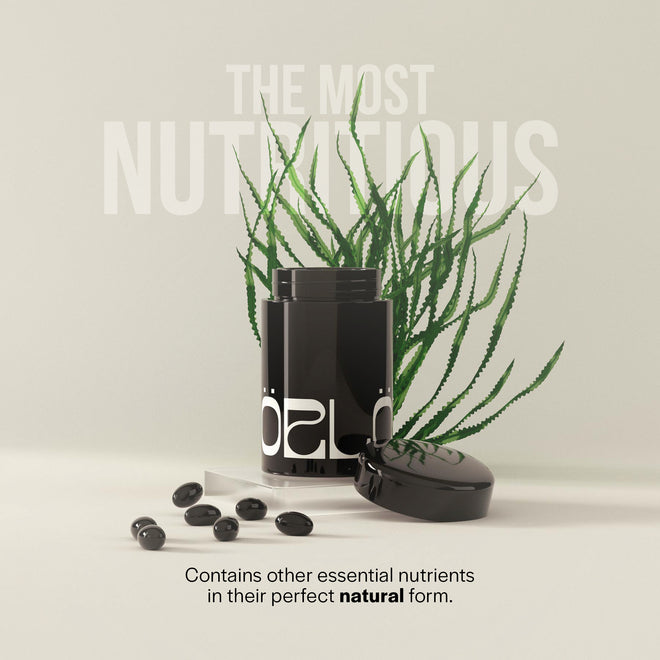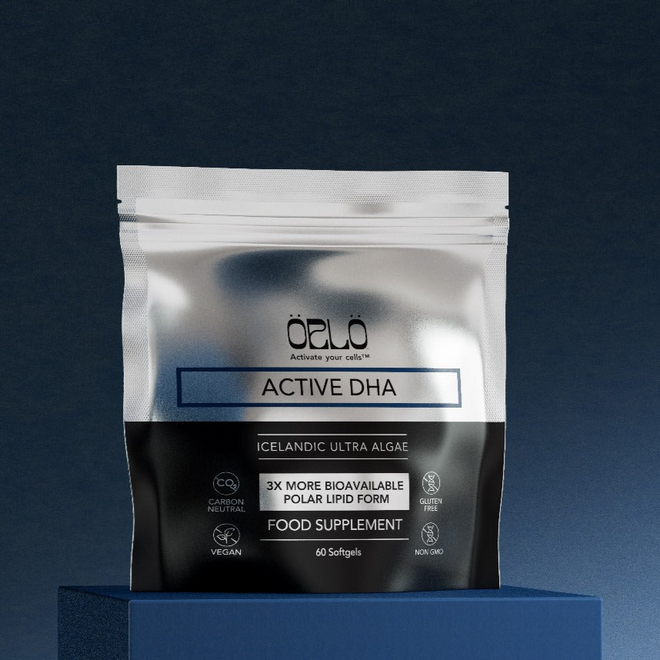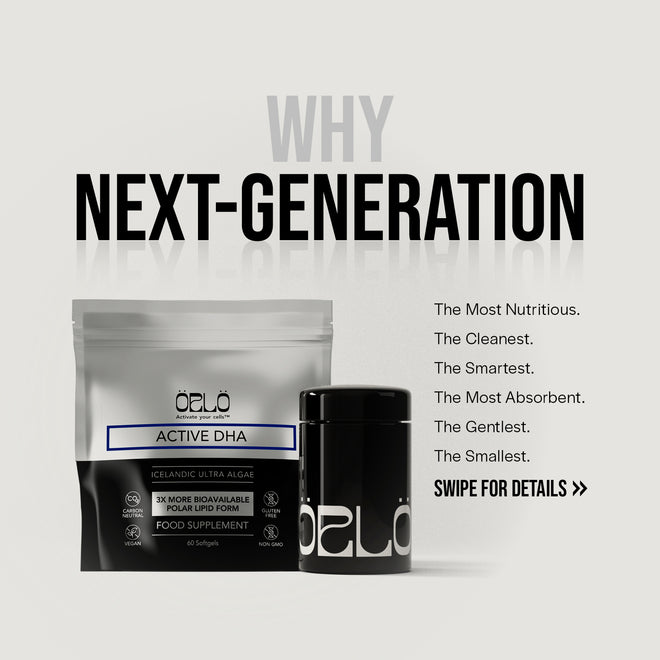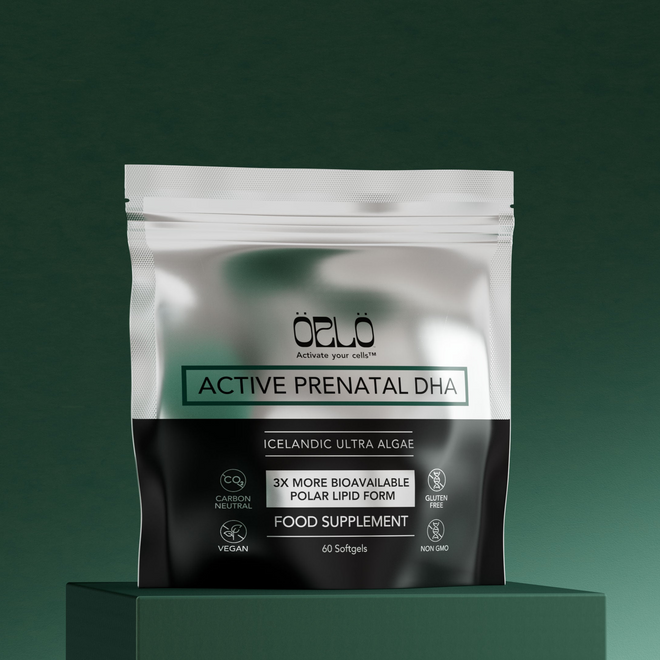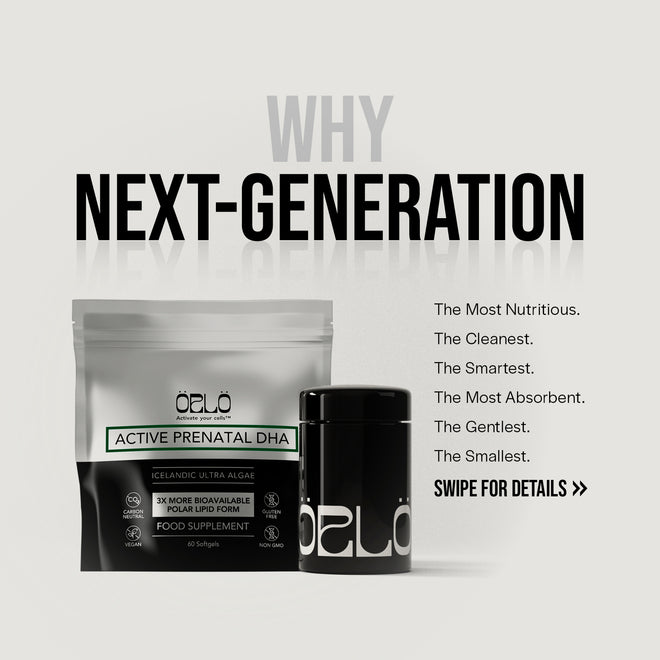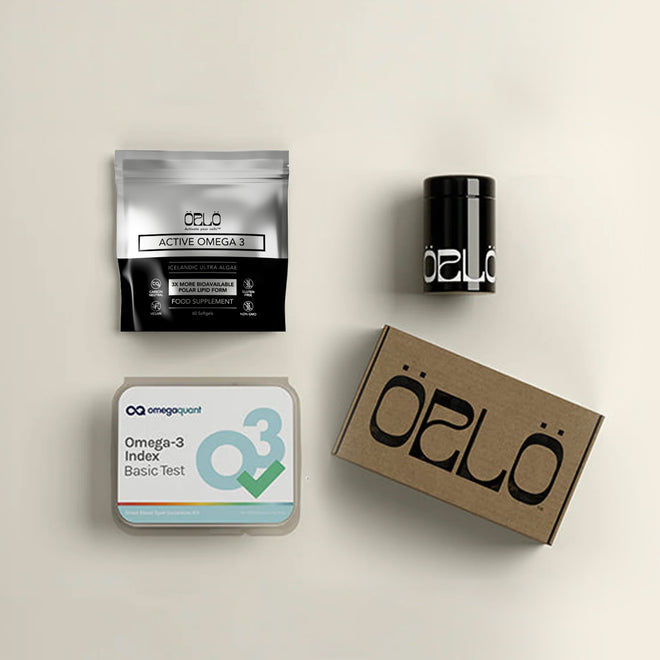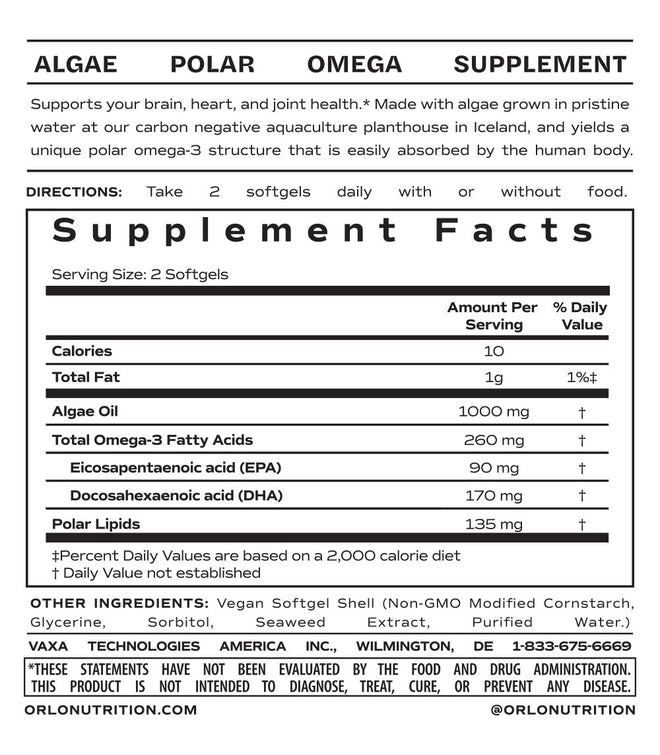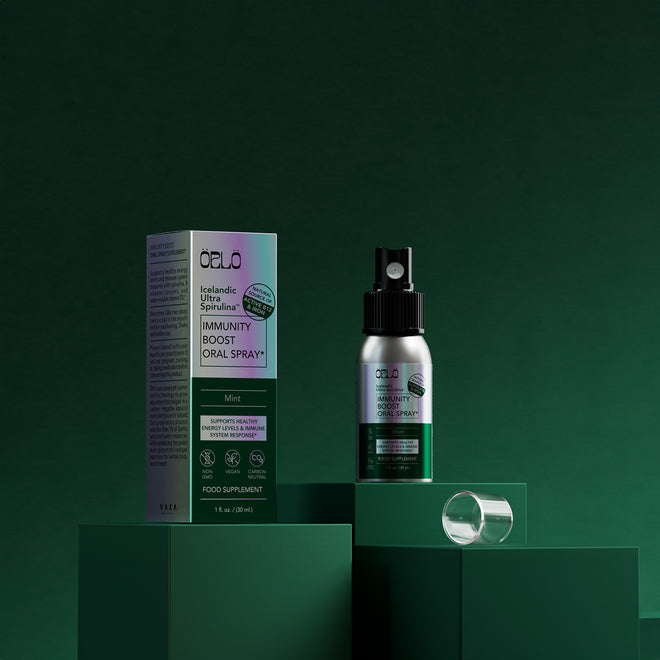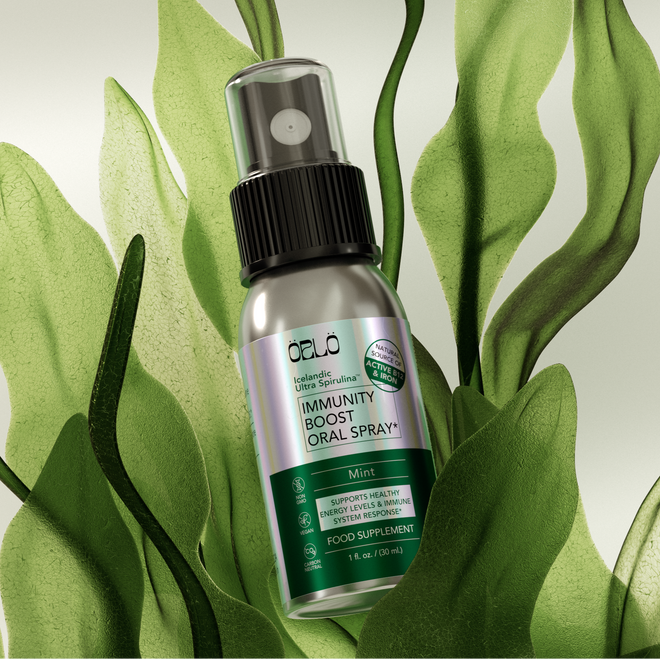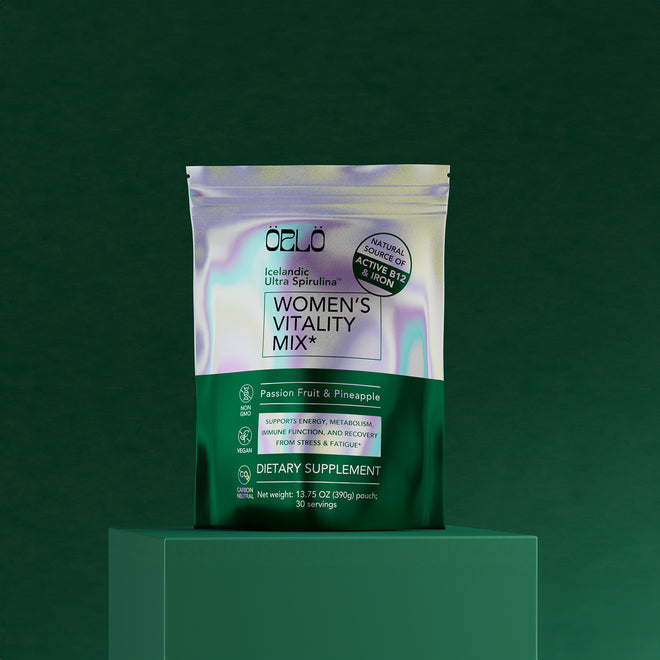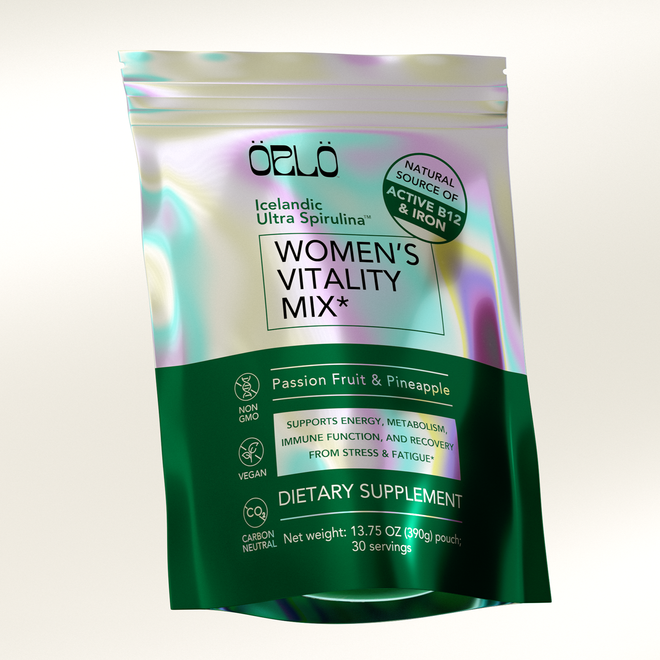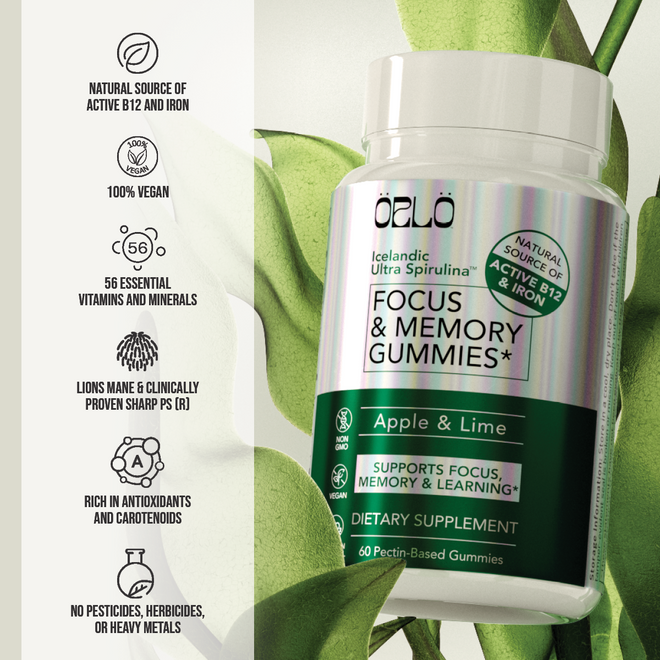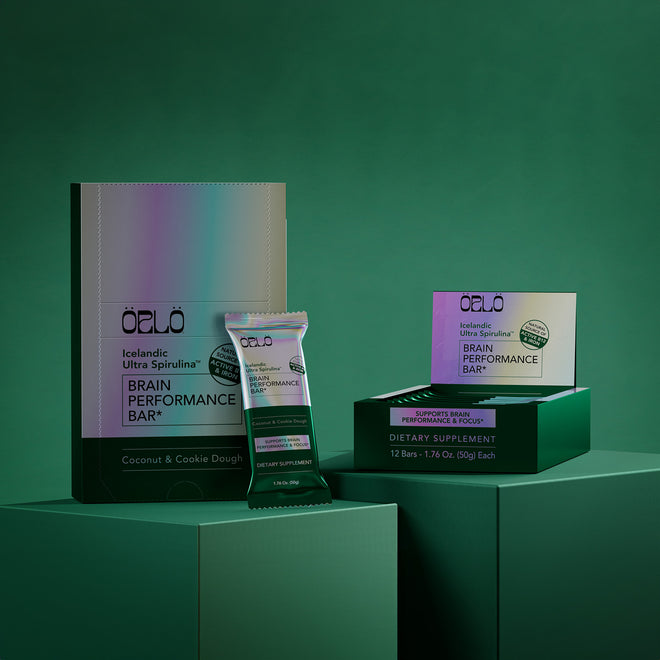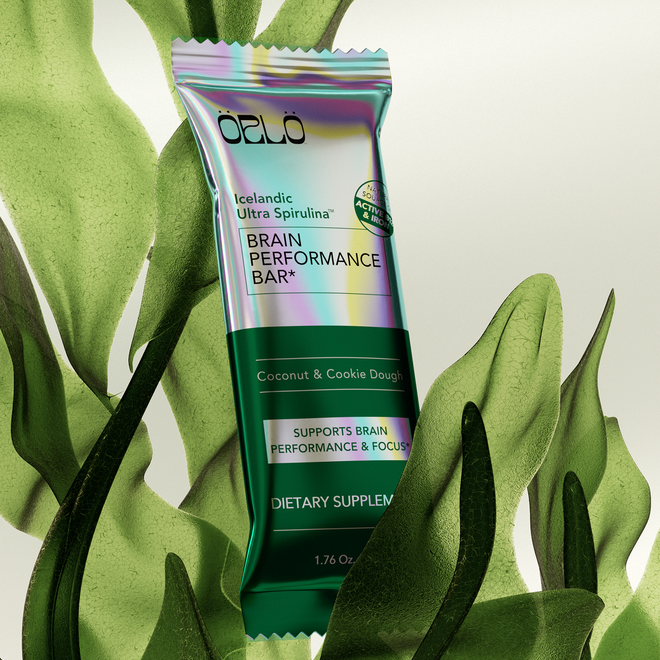25% Off - use code: HOLIDAYS
You Are What You Absorb
On last week’s episode of Nutrition Without Compromise, we featured a deep conversation with Dr. Chris Damman, a gastroenterologist and microbiome expert on the subject of health and nutrition. The conversation centered on one central theme – you aren’t just what you eat, you are what you absorb. So this week, we’re diving into the subject of nutrient absorption, and setting yourself up for success to absorb the nutrients you consume.
What You Will Learn:
- What can inhibit the absorption of nutrients.
- Why a direct bioactive source of certain nutrients, and especially the omega-3s EPA and DHA is key to longevity and health.
- 6 tips to better absorb nutrients for optimal health.
- When supplementing with certain nutrients can be a best option.
First, let’s explore what inhibits the absorption of nutrients.
Consumption of nutrient inhibitors, also called anti-nutrients is responsible for many of the challenges we face absorbing nutrients from the foods we consume. Anti-nutrients reduce nutrient bioavailability by binding to the nutrient in a form that isn’t recognized by your body’s natural uptake systems. They may literally make the nutrient insoluble, or compete for the same uptake system or enzymes to be digested or integrated into cells.
When you’re consuming plant sources of nutrients, they often aren’t in the most bioavailable form. You may be consuming a precursor to a more bioactive nutrient, or you may be consuming a form of the nutrient that relies on co-nutrients or enzymes to be integrated into the body. Two great examples are
-
Beta carotene: Found in carrots and other yellow, orange and red fruits and vegetables, Beta carotene is a precursor to the fat-soluble vitamin A, which is transformed into the bioactive form, cys-retinol in your body when your system is operating optimally. While a vegetarian direct source of vitamin A comes from supplements and fortified foods that contain retinol palmitate (which is synthesized from palm oil). Vitamin A palmitate inhibits the production of cys retinol from the Beta carotene you consume.
How to ensure you’re getting enough vitamin A: Consuming vitamin A enriched foods may actually inhibit your body’s natural ability to create the most bioactive vitamin A cys-retinol from a healthy diet! Read your labels. Consume more fruits and veggies on the yellow to red spectrum, and you’ll be sure you’re getting enough. As an added bonus, you’ll get more prebioitics and fiber when you consume raw veggies to support digestive system.
-
Alpha Linoleic Acid (ALA): The omega-3 fatty acid, alpha linoleic acid (ALA) is found in flax, chia, walnuts, and other terrestrial plants. ALA is a precursor to the bioactive omega-3s EPA and DHA. In an optimally working system, you would need to consume 16 times more ALA than a direct source of EPA and DHA to get what your body needs to support a healthy heart, brain, and central nervous system. Things that get in the way of that optimal system are the consumption of competing omega-6 containing seed oils (they compete for the same enzymes) or the consumption of any trans fats (partially or fully hydrogenated oils). The good news is that EPA and DHA are also found in algae oil. Fish bioaccumulate their EPA and DHA from the algae they consume, along with toxins including pesticides, dioxins, mercury and PCBs – so cutting out the middle fish and going straight to algae provides a better option.
To ensure you’re getting enough EPA and DHA in your tissues, choose the polar lipid omega-3 form. For best integration into your body’s tissues, make sure your omega-3s are in the polar lipid form. Polar lipids dramatically out-compete triglyceride or ethyl ester omegas that are found in fish and other algae oils. As an added bonus, you won’t get the gaseous fishy burp that you get with fish oils. This is because they are in the form your body uses them – the same form that comprises every cell membrane in your body. This ensures they are quickly integrated into your tissues, without creating that gaseous aldehyde by-product (burp).
The Omega-3s EPA and DHA in Örlö Nutrition's Omega-3, DHA and Prenatal DHA are all in their polar lipid form to ensure bioactivity. They deliver better absorption for better results.
6 Tips to ensure better absorption of nutrients:
- Consume fat soluble vitamins (like vitamins A, D, and E) with a meal that contains fat – or take them with your Orlo Omega-3, DHA or Prenatal DHA.
- Eat more fiber rich foods: Getting enough fiber in your diet slows digestion, makes you feel fuller, and enhances absorption of nutrients from the food you eat.
- When you eat, chew your food completely before swallowing. Digestion begins in the mouth with your saliva. Chewing food completely ensures you’re sending all the right signals to your gut, and also reduces the likelihood of overeating.
- Reduce your consumption of processed foods and packaged foods.
- Eliminate trans fatty acids (partially or fully hydrogenated oils) from your diet altogether. They inhibit absorption of nutrients and elimination of toxins. They essentially gunk up your cell walls.
- Don’t eat food when watching TV or doing something else (like driving). Enjoy the food you’re eating.
Remember…
- Getting a direct source of core nutrients in their most bioactive forms can set you up for success.
- Sometimes, the best source of a nutrient is whole foods. Other times, supplements can be immensely powerful.
- Polar lipids are up to 3x more absorbable than fish oil supplements. With tens of thousands of studies on the many benefits of the omega-3s EPA and DHA, ensuring you get a little extra in your diet every day, in their most bioactive polar lipid form, can safeguard your health.
- Getting your omega-6:omega-3 consumption closer to 1:1 (the average American consumes 15x more omega-6 than omega-3) is associated with positive health outcomes, a reduction in total body inflammation, a reduction in cortisol (stress) levels, and healthier sleep.

